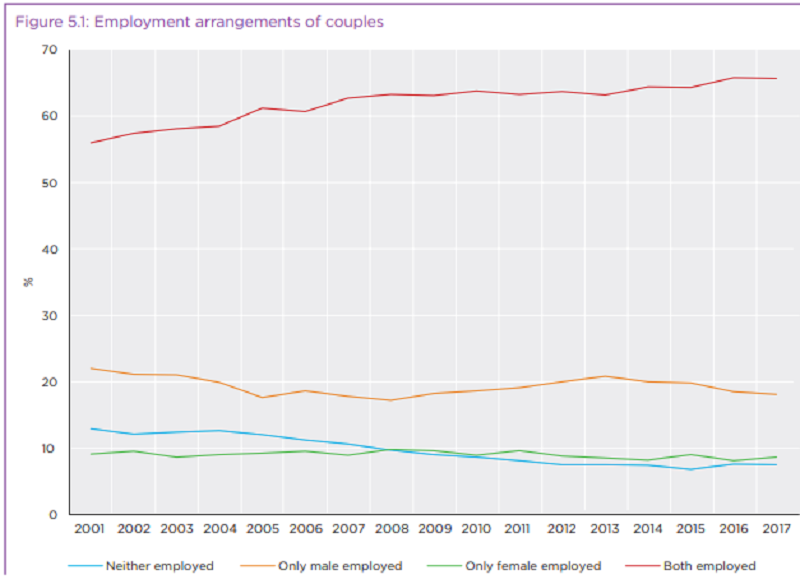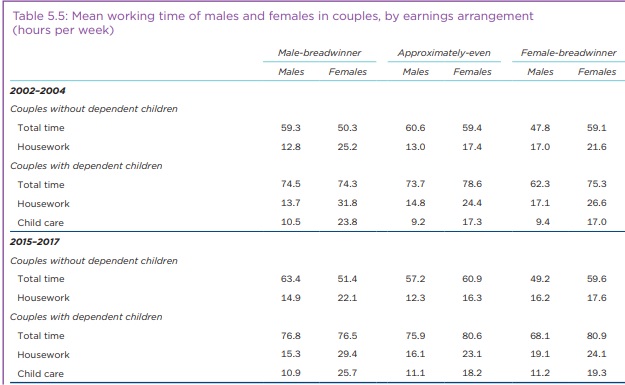Diversity of Thought Blog
What the HILDA Survey has to say about the ‘female breadwinner’

Funded by the Australian Government through the Department of Social Services, and managed by the Melbourne Institute, the HILDA Survey collects valuable data about labour market dynamics and family life, as well as economic and personal well-being, through a household-based panel study.
The recent release of the 2019 Household, Income and Labour Dynamics in Australia (HILDA) Survey has highlighted trends over the course of almost a decade, on numbers of dual-earner couples, factors affecting the number of female-headed households and distribution of time spent on paid and unpaid labour.
What this year’s report tells us is that with more women entering the workforce, there has been a rise in household dependency on women as income earners. What does this do to the time pressures on women, who are still largely responsible for domestic chores, as they juggle a workload of paid and unpaid labour?
Income distribution among couples:
The report shows that by 2017 the number of dual-earner couples in Australia had risen by 66% since 2001. While the trend in the number of female-only earner couples has remained relatively stable, there has been an evident decline in no-earner and male-only earner couples which accounted for 22% and 13%, respectively, of working age couples in 2001, which fell to 18% and 8% by 2017.

Factors affecting the number of female-breadwinner couples:
The report found that female-breadwinner couples, as well as dual-earner couples where both partners earner a similar income – which HILDA dubs as approximately-even couples –, are more common among those couples who do not have dependant children, and most common only when the female has a university degree (the report notes that little change in the association between university qualification and earnings among couples implies that overall growth in female-breadwinner and approximately-even couples reflects the greater growth of tertiary-level education among women).
Time spent on paid and unpaid work:
The primary factor affecting men and women’s time spent on paid and unpaid labour, the HILDA Survey found, is dependant children. Among couples with dependant children, the total working time for women is higher than men in approximately-even couples and female-breadwinner households, while approximately equal in male-breadwinner families. Among couples without dependant children, total working time is higher for men in male-breadwinner households, higher for women in female-headed households, and relatively equal among approximately-even couples. While men have slightly increased the amount of time they spend on household work and childcare in approximately-even and female-breadwinner couples, the report notes that this has had little impact on the total working of males relative to females in these couples.


